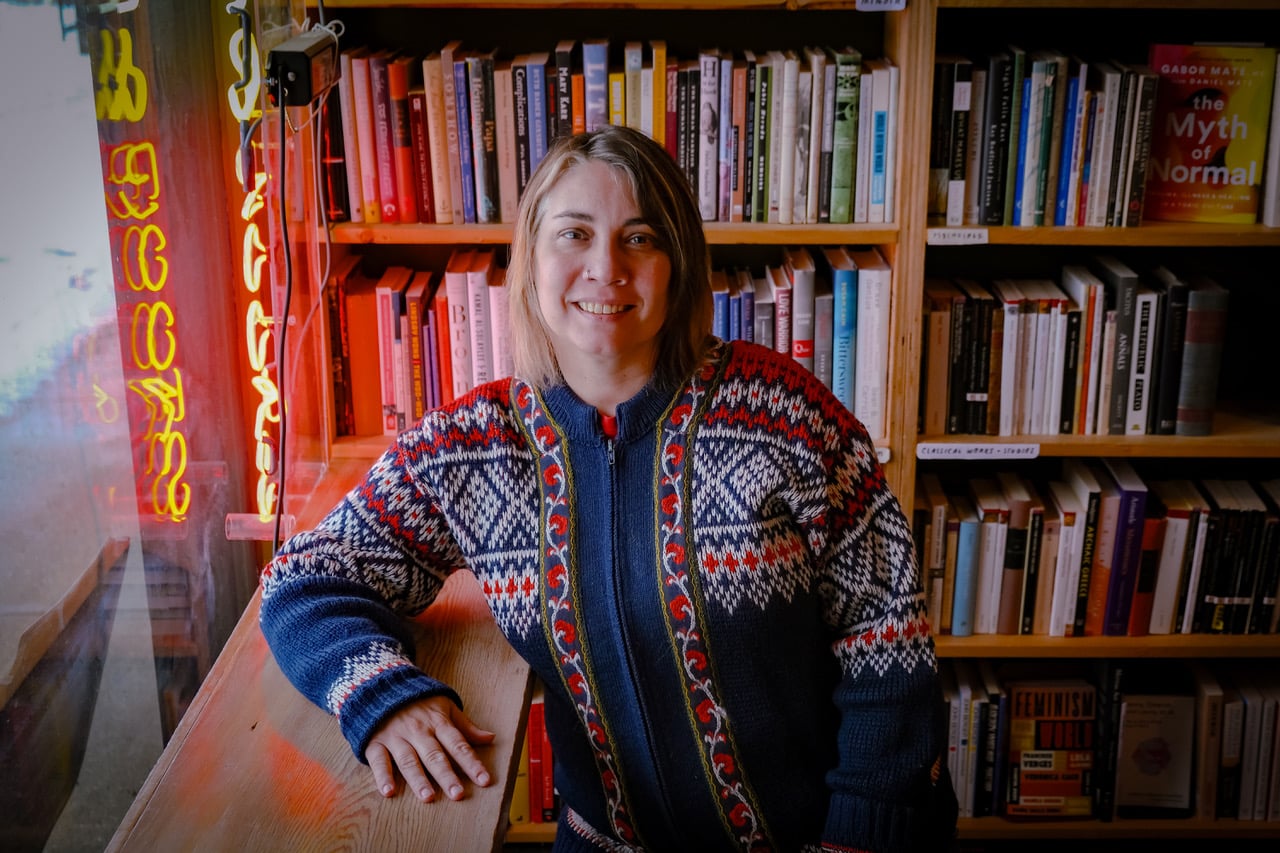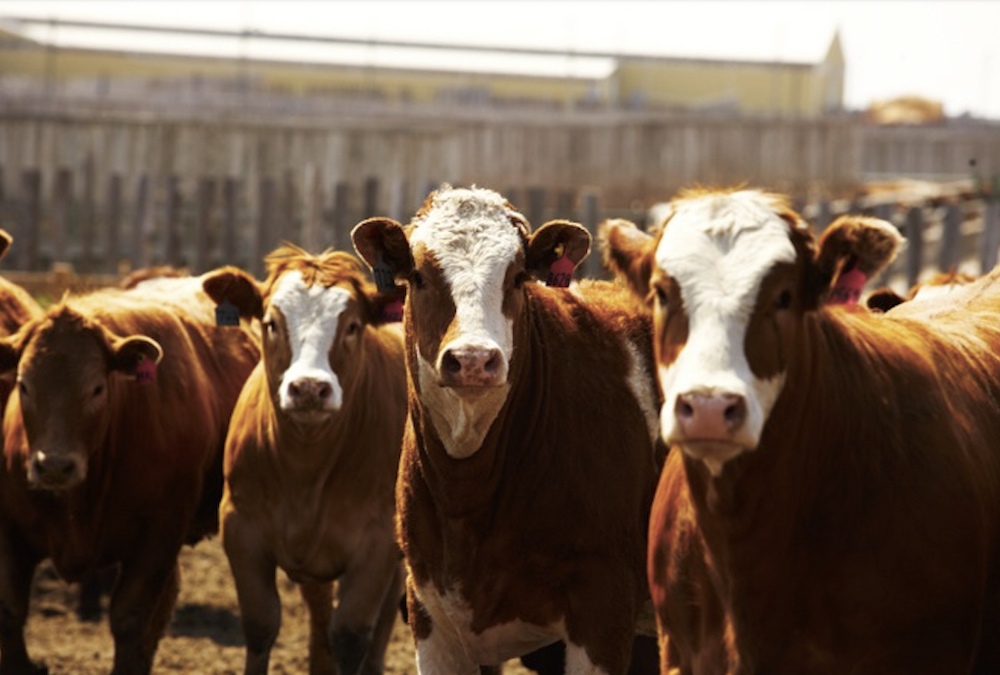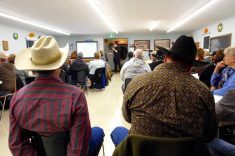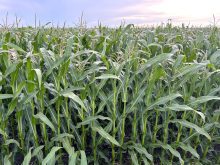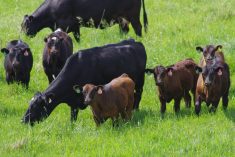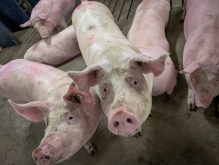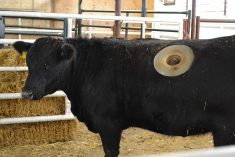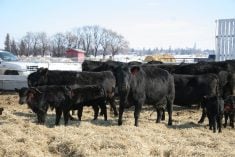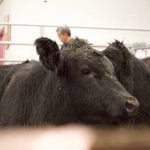It was groundbreaking in its day, but 25 years later — and well over 100 million ear tags —it’s hard to imagine the days when there was no livestock traceability.
“It’s an everyday thing now — resistance is minimal,” said Anne Brunet-Burgess, general manager of the Canadian Cattle Identification Agency.
The organization held its first meeting in March 1998 — and as it turned out, that same month, a cow was born on an Alberta farm that would five years later become the country’s first BSE case. But bovine spongiform encephalopathy was already rampant in the U.K. — and that was in the minds of many who backed the creation of the agency.
Read Also

The long march to autonomy
The big players in the machinery market keep adding pieces towards autonomous vehicles for farming, but how far away is a final product?
“We feel it’s a huge risk if we don’t do something at this point,” Julie Stitt, the agency’s then general manager, said in 2001.
Beef cattle were the first to come under the system, which is based on three elements: animal identification, premises identification and tracking animal movement. Bison and sheep were soon added, and plans are underway to add goats and farmed cervids (deer, elk, and moose) to the list of traceable species. (Goat and cervid tags are already available, but not mandatory yet. There are separate traceability systems for dairy cattle and pigs.)
While the BSE crisis demonstrated the importance of being able to track livestock, the system has been used at other times, said Brunet-Burgess.
“Sometimes it is not always outbreaks or at the highest level of public concern or made public,” she said. “A few years ago, there were problems with tuberculosis in Canada. Tags were used for tracing.”
There are some gaps in the system and a package of amendments is under consideration, covering things such as mandatory reporting of individual animal movement (instead of just groups).
But compared to other nations, Canada has a fairly robust system, said Brunet-Burgess.
“We’re definitely with the upper end of countries that are doing something about it, and everybody’s on board,” she said. “There are some countries that have full traceability. All the animal movements are reported, or at least documented. And some countries in Europe have a passport system — every animal has a passport, and every movement is recorded in there.”
On the other hand, some countries “have nothing at all” and even the U.S. lacks a federal database as traceability is left up to individual states.
“Each state is doing their own thing,” said Brunet-Burgess. “There’s very little sharing of linkage between them.”
The next big change here could be tags using ultra-high-frequency technology (UHF). They allow groups of animals to be read all at once and also have a longer range, so you can scan the entire group in a pen or when they’re being loaded. Regular tags use RFID (radio frequency identification), which has a shorter range.
In November, the agency announced it had modified its database system so that UHF “secondary” tags would link to regular tags.
However, while UHF technology is more efficient and allows for more in-depth management of cattle, it also uses a different tag reader.
“Discussion regarding the move to a new technology which uses ultrahigh frequency has been going on for over a decade,” the agency noted in its November news release.
And that debate won’t be settled anytime soon as UHF must first be approved by the International Organization for Standards. (ISO).
“Nothing will move forward on an official basis until those ISO standards are published, which is probably two years away,” said Brunet-Burgess, adding UHF tags would still need lab and field testing after that.
According to the agency’s website, producers have purchased more than 134 million tags (as of early February). At roughly three bucks apiece, that adds up — and grumbling about tags that come off a cow’s ear will also mark its silver anniversary this year.
Solving that problem may take another few decades.
“One of the things I often hear at producer meetings is, ‘Why can’t I get a tag that is perfect?’ — the definition of perfect varies from one producer to another, so I leave it broad,” said Brunet-Burgess.
“The ones we have may not be perfect, but they are the very best of what’s available in these types of tags.”

